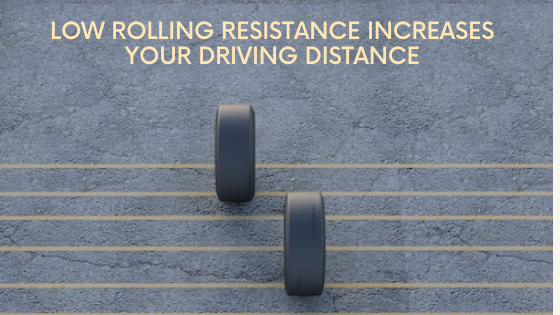Driving during the winter is of course challenging because snow and ice make it very difficult for you to drive so there is no excuse of not to being properly prepared for it. With the right choice of tyres, you can make it much easier. You must have good quality winter tires with either studded tyres or without, depending on the area where you live. Studded tyres are not allowed in all countries, making them less convenient if you plan to drive across country borders. They are also often associated with limitations on the time period that they are allowed to be used. Studded tyres work better on ice than non-studded tyres, while they are just as good on snow and slush. However, it is very important to make sure that the tires are fitted well in advance of the winter weather. It is important to understand that summer tires are not good when you have winter weather.
There are two main reasons why it is dangerous to drive with summer tires when the winter weather has arrived. One reason is that the rubber compound used in summer tires is not designed for winter temperatures, so when the temperature drops below zero, the rubber becomes hard and loses its flexibility. This reduces the friction that the tires can otherwise create when the rubber is pressed into the road surfaces micro-cavities. This increases the friction and gives you good grip, but when this disappears as the hardness prevents rubber from being pressed into the cavities, you lose the friction. This friction is what gives you the grip you need when driving in winter conditions. The second reason is that the tread on summer tires is not designed to handle snow, ice and slush, which makes them very dangerous to drive with because they do not have the basis to handle winter conditions.
Studded tires use metal studs that protrude from the tread to create enough grip on ice and they use a unique tread design to ensure you have good grip and traction on snow. With snow, it is important that the snow does not get stuck in the tread and start to build up a layer of snow like a rolling snowball. The grooves must be wide enough and shaped accordingly to prevent this. The same goes for avoiding slushplaning. The non-studded tires use similar tread patterns, but they also add features that can create grip on ice, as they do not have studs.
It is therefore very important that you plan tire changes well in advance so that you are prepared and do not try to drive with summer tires when you have winter conditions. Changing tires well in advance is really important, so that you do not start the winter season with an accident that could have been avoided if you had changed tires. Having professionals who do the tire change for you can be very convenient but can also add a safety aspect because you have professionals who do it. They will also check your tires and make sure they are in good condition before fitting them. An option to changing tyres is to have all-weather tyres, that can be used all-year round and can be an interesting alternative in Central Europe where the winters are not as common as in the Nordics.
For more information about winter tires, visit: https://www.nokiantyres.com/
